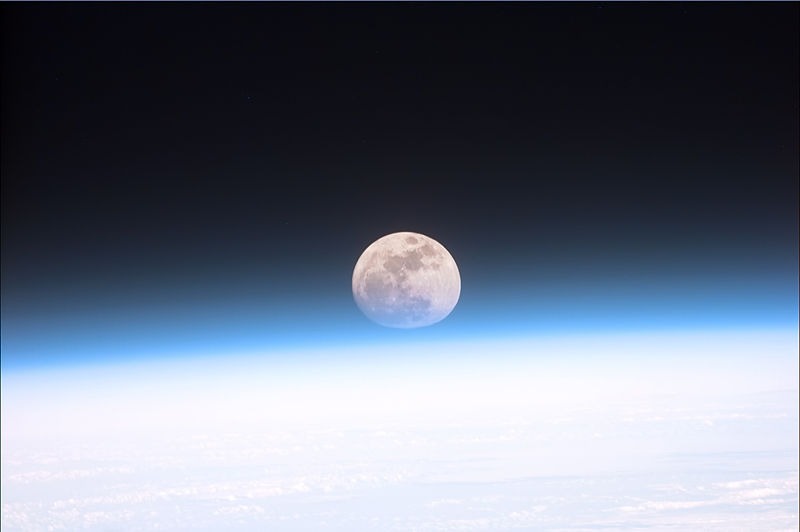Science Update: The Atmosphere
Interview with
Bob - This week for the Naked Scientists, we're going to focus on the water in our atmosphere. I'm going to talk about how scientists are improving their ability to predict the intensity of hurricanes, but first, Chelsea's here to tell us why some mountaintops may not be getting their share of H2O.
Chelsea - Air pollution from cities can deprive nearby hills and mountains of rainfall. This according to meteorologist Daniel Rosenfeld of Hebrew University in Jerusalem. Looking at fifty years of data from a mountaintop in China, he and his colleagues found that while air pollution has steadily increased, rainfall has decreased.
Daniel Rosenfeld (Hebrew University, Jerusalem): Not only that, but when we look into the day to day variability in the amount of rain over the mountain, it is going together with the day to day variability in pollution.
Chelsea - Normally, moist air deflects up a mountainside, then cools and condenses into rain over the mountaintop. But if that moisture condenses on air pollutants, the drops don't get big enough to fall. Rosenfeld says this effect could dry up alpine watersheds, causing problems for the very cities creating the pollution.
Bob - Thanks, Chelsea. And while hills and mountains may have the problem of too little rain, some costal areas have had the problem of too much--in the form of hurricanes. In recent decades, scientists have become much better at predicting the paths of hurricanes, but not at predicting sudden changes in their intensity. That's why University of Washington atmospheric scientist Robert Houze and his colleagues are studying a part of the hurricane called the "eyewall": the strong winds around the calm eye of the storm. Howze says those winds gain momentum as the eyewall contracts. But eventually the eyewall collapses, and is replaced by a new one that's wider and weaker.
Robert Houze (University Of Washington): And this has a great deal to do with the intensity of the storm as a whole; the wider the eyewall, usually the less intense the winds.
Bob - Using data from planes flown into the eyes of hurricanes, his team is learning more about the eyewall cycle. The data will help create better models for predicting a storm's dramatic fluctuations.
Chelsea - Thanks, Bob. Next time, we'll talk about what scientists are learning about disorders of the brain, including Alzheimer's, depression, and schizophrenia. Until then, I'm Chelsea Wald...
Bob - ...and I'm Bob Hirshon, for AAAS, The Science Society. Back to you, Naked Scientists...









Comments
Add a comment